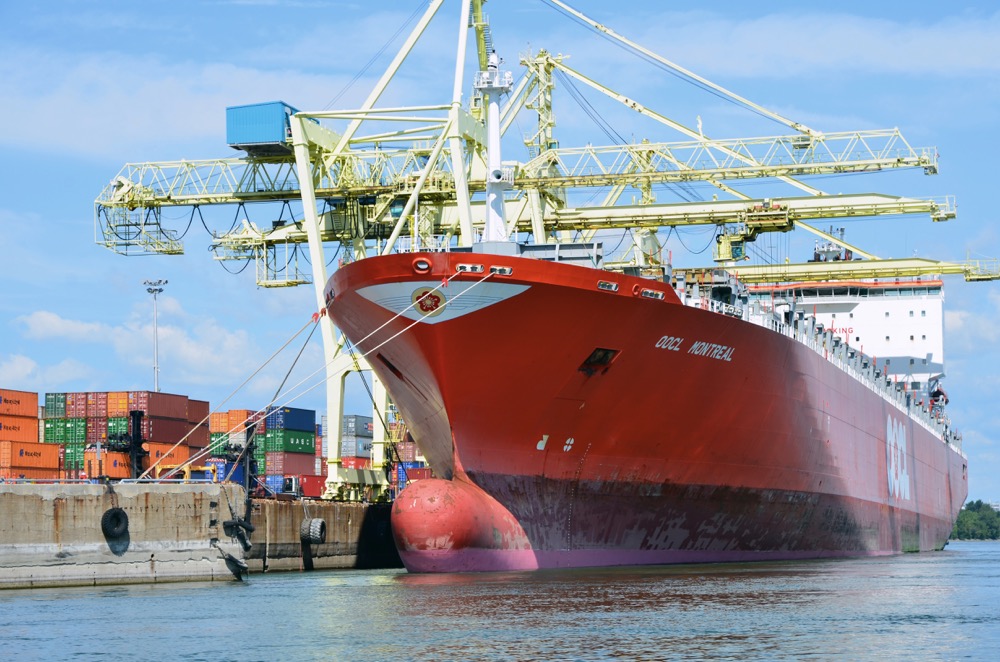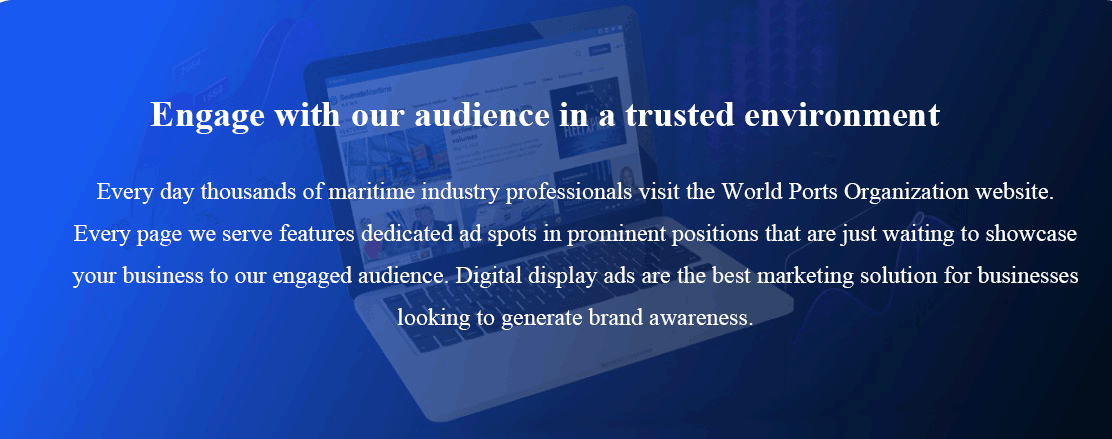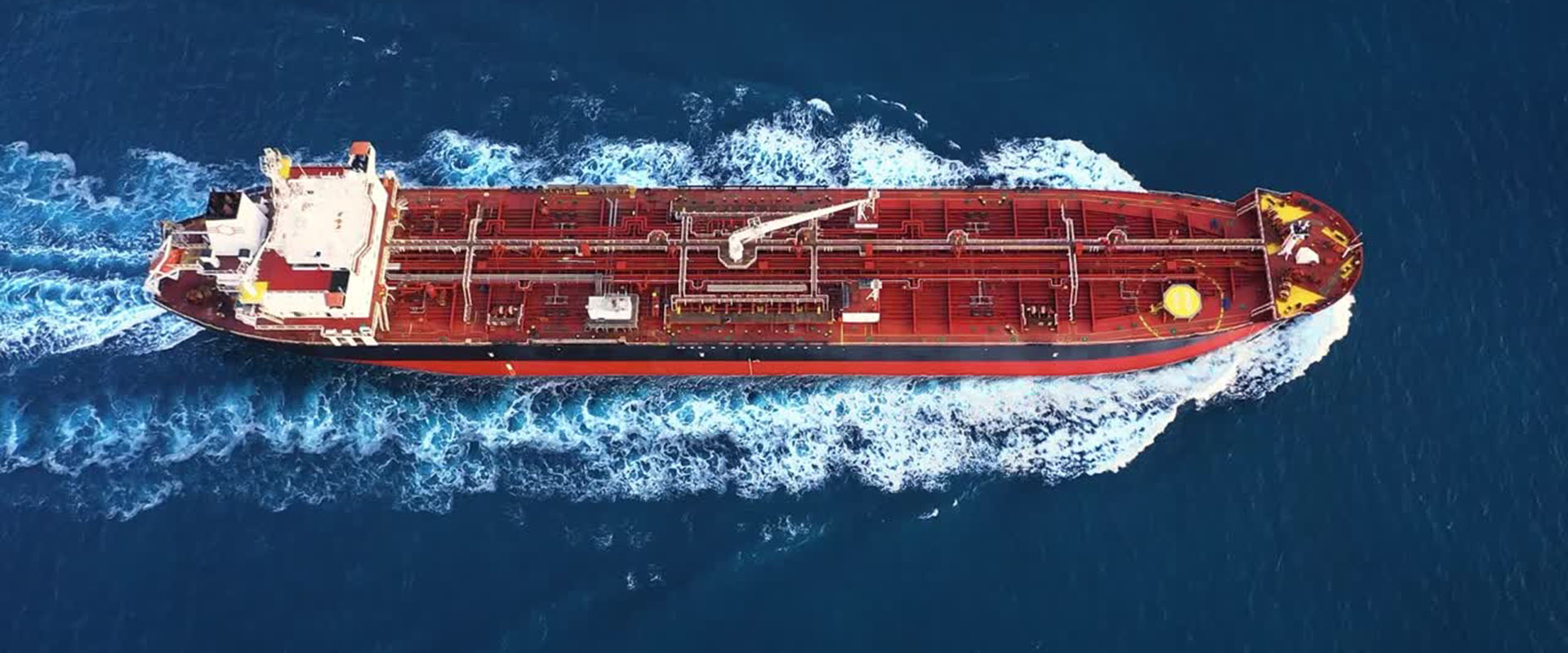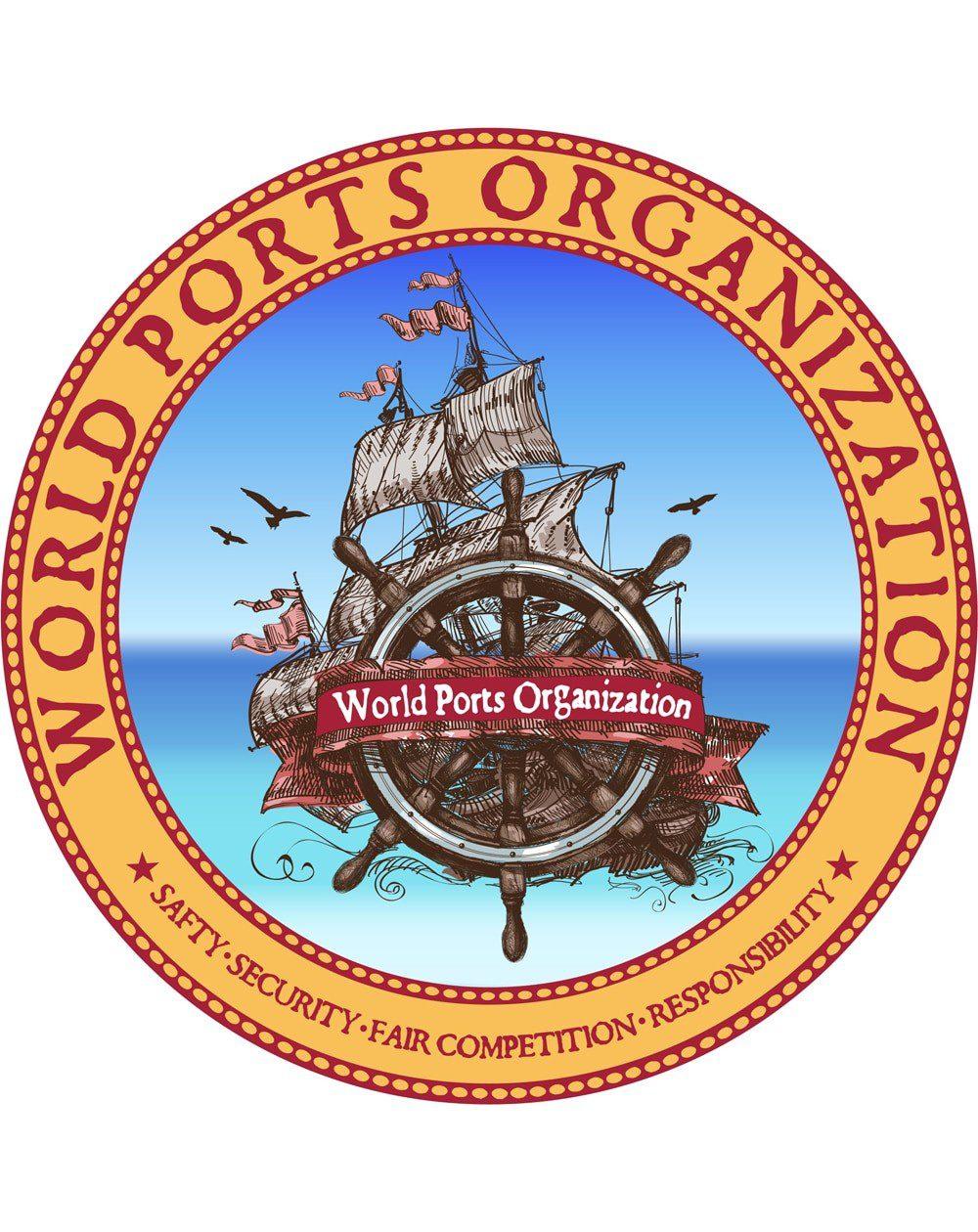All the vessels that can use green fuels are either dual fuel or green fuel-ready, meaning both could potentially continue using only fossil fuels forever or mixed with a tiny amount of extremely inefficiently produced carbon-neutral e-fuels.
The maritime industry does not genuinely expect to be net-zero by 2050, as the International Maritime Organization’s (IMO) aim was only 50 percent until recently. The IMO’s initial climate strategy was adopted in 2018, with the target to reduce greenhouse gas (GHG) emissions from international shipping by at least 50 percent by 2050, compared to 2008 levels. The organization revised its climate strategy in 2023, calling for the global shipping industry to reach net-zero GHG emissions by 2050.
And now a recent study of industry stakeholder expectations for the fuel mix in 2050 reveals that the main fuels, about 50 percent, will be conventional fuel, oil, green ammonia, and bio-diesel, with the rest made up of blue ammonia, LNG, e-methanol, bio-methanol, bio-LNG, and e-LNG. It described shipping as a ‘harder-to-abate’, with analysis of availability of green electricity suggesting that the industry will continue to use primarily fossil fuels until around 2070.
The role of maritime transport in a net-zero economy is dependent on the available energy mix. If net-zero shipping fuels are abundant, then the supply of shipping could meet demand, which in any case is likely to be lower in a net-zero economy due to reduced production and consumption of goods. If net-zero fuels are not widely available, and carbon fuels are not permitted, then the supply of maritime transport could be much reduced and international trade significantly limited. As such, it is difficult to imagine that fossil fuels would be forbidden. Unless and until zero carbon fuel is widely available, the maritime industry will continue to operate on fossil fuels for decades to come.
Vessel Carbon Emissions
The global commercial shipping fleet totals 105,500 vessels over 100 gross tonnes (including 56,500 ships over 1,000 gross tonnes) with a total volume of 2.3 billion dead weight tonnes, triple the level observed in 2000. The primary specialised vessel types are dry bulk carriers 43 percent of the fleet; oil tankers 29 percent; and container ships 13 percent. The remainder of the fleet is made up of general cargo and other vessels, including 0.4 percent of tonnage represented by passenger vessels and ferries. Despite a lot of focus in society on decarbonisation by reducing consumer demand, it is notable that only 13 percent of maritime transport capacity is devoted to containerized goods (including but not limited to consumer items). The majority of freight transported is bulk goods that fuel industry, such as iron ore for steel production, coal for energy production, oil and gas for domestic uses such as heating and transport fuel, and grain for animal feed.
Maritime transport would shrink if the world economy were to be decarbonized and such inputs were no longer needed, making the decarbonization task much smaller. But some of this lost demand will likely be replaced by transportation of alternative fuels, such as hydrogen and ammonia. The report stated that GHG emissions produced by this current level of demand amounted to 1,076 m tonnes in 2018 – about 9.6 percent more than 2012 (that is 977 m tonnes), representing 2.89 percent of total anthropogenic GHG emissions. The IMO study predicts a best-case scenario of the same level of carbon emissions in 2050, with a worst-case scenario of up to 50 percent increase – this depends on the total demand for shipping, the efficiency of the vessel engines and operational practices, as well as the mix of fuels used.
The majority, about 79 percent, of fuel used is heavy fuel oil (HFO), which used to be refinery waste after the other types of oil were refined, until it was established that it can be used as fuel itself. It is so thick that it needs to be heated before it can be used in the engine. The remaining 21 percent is split between marine diesel oil (MDO) and liquefied natural gas (LNG). According to the study, these fuels differ in their levels of Sulphur Oxides, Nitrogen Oxides, and Particulate Matter produced. They produce less local air pollution and can be used to meet certain clean air regulations, such as Emission Control Areas. However, they are mostly identical in terms of carbon emissions – like a gas, LNG produces lower carbon emissions than oil when combusted, but from the lifecycle perspective, partly due to methane slip, its overall carbon emissions are similar to, or potentially even higher than, oil.
Zero Carbon Fuels
So, to replace the currently used fossil fuels, a range of options have been proposed and trialled in recent years. These can be divided into zero carbon fuels – those that produce no carbon emissions when combusted – and carbon neutral fuels – those that produce carbon emissions when combusted, but that carbon was already taken from the air to produce the fuel. And carbon-neutral fuels are further divided into biofuels and e-fuels:
| Zero-Carbon or Carbon-Neutral | Fuel Type | Tank to Wake Emissions (gCO2/g fuel) |
| Zero Carbon | Electricity | 0 |
| E-Hydrogen | 0 | |
| E-Ammonia | 0 | |
| Carbon Neutral (biofuels) | Bio-Ethanol | 1.913 |
| Bio-Methanol | 1.375 | |
| Bio-Diesel | 2.834 | |
| Bio-LNG | 2.755 | |
| Carbon Neutral (synthetic fuels produced using electricity and captured carbon) | E-Diesel | 3.206 |
| E-Methanol | 1.375 | |
| E-LNG | 2.755 |
Zero carbon fuels, as per the study, are the first priority. Electricity (stored in batteries) is already being seen in small ships such as supply vessels and ferries, for example, several fully-electric car and passenger ferries are already in operation in Norway. Because of charging issues and battery sizes, using electricity is only favourable where engine loads are relatively light, distances are relatively short, and the vessel operates a regular route between a limited number of ports, which have shore-side electricity installed for recharging, thus providing an additional incentive for a port to introduce shore-side electricity. Coastal and inland shipping routes can more easily be switched to electric than long-distance international routes.
The 80-metre, 120-TEU capacity Yara Birkeland, a fully electric and autonomous ship, was delivered in Norway in November 2020, where it operates an 11 nautical mile route twice a week. In 2023, Cosco Shipping launched an electric vessel to be used for inland shipping between coastal port Shanghai and Wuhan on the Yangtze River. The vessel is 120 metres long, 24 metres wide and has a draft of 5.5 metres. It has a carrying capacity of 700 TEU and a range of 600 nautical miles on a single charge. The batteries are contained in 23 TEU containers, which can be swapped with charged batteries instead of waiting to recharge.
The IAME 2025 Conference paper highlights zero-carbon hydrogen and ammonia (both are produced from electricity) to be the primary contenders as fuels to power the industry at significant scale. Hydrogen is the most attractive, as its emissions are only water vapour, and it can either be combusted or used in a fuel cell. While both already exist in small applications such as short-distance ferries, it is the latter that is most often proposed for shipping, as with other modes of transport.3 The main disadvantage is that, as a new fuel for the maritime sector, it will need to be produced in large volumes, transported to refuelling facilities at ports, and the existing ships will need to adapt or retrofit their engines to be able to use it. As it is not expected to take a serious share of the market until at least the 2030s, ports and supply chains need to be developed now, which will require policy direction and support. Ammonia is the other most widely considered fuel, which is produced by combining hydrogen and nitrogen through the Haber Bosch process. Its main advantage is that it can be stored in a smaller space, thus not impacting cargo capacity as much as hydrogen. There is also an existing supply chain in place, as it is produced for fertilizer.
Carbon-neutral fuels are less desirable because they only recycle emissions, but at least they do not produce any new emissions. They can either be biofuels or e-fuels. Biofuels have the advantage in that (in theory but not always in practice) they use existing organic waste from crop waste, food waste, animal waste, sewage, and used cooking oil. Another attractive point is that they can be used as dropin fuels in engines that already use the conventional non-bio version. Bio-diesel is already widely used in trucks, for example. Bio-methanol is proving particularly popular at the moment, with Maersk announcing its intention to commit large investments to bio-methanol and even establishing their own company to produce it. Maersk has 25 dual-fuel methanol container ships on order, ranging from a small 2,100 TEU to a large 17,000 TEU.
It should be noted that while vessel engines can be retrofitted, not all alternatively fuelled vessels in the future will be newbuilds. Furthermore, there are no trend towards solely renewable powered vessels. All the vessels that can use green fuels are either dual fuel or green fuel ‘ready’, meaning both could potentially continue using only fossil fuels forever or mixed with a tiny amount of extremely inefficiently produced carbon neutral e-fuels. These trends raise a serious danger of lock-in to fossil fuel. The Fuel EU regulation is a start, but will not bite until 2040 at the earliest.
Some experts have proposed banning the use of fossil fuel in shipping by 2050, which would set a fixed deadline and reduce incentives for continued investments in fossil fuels and help to avoid lock-in. In addition, no credible forecast suggests that we will have sufficient green energy to produce the zero carbon or carbon neutral fuel for the current level of shipping.






